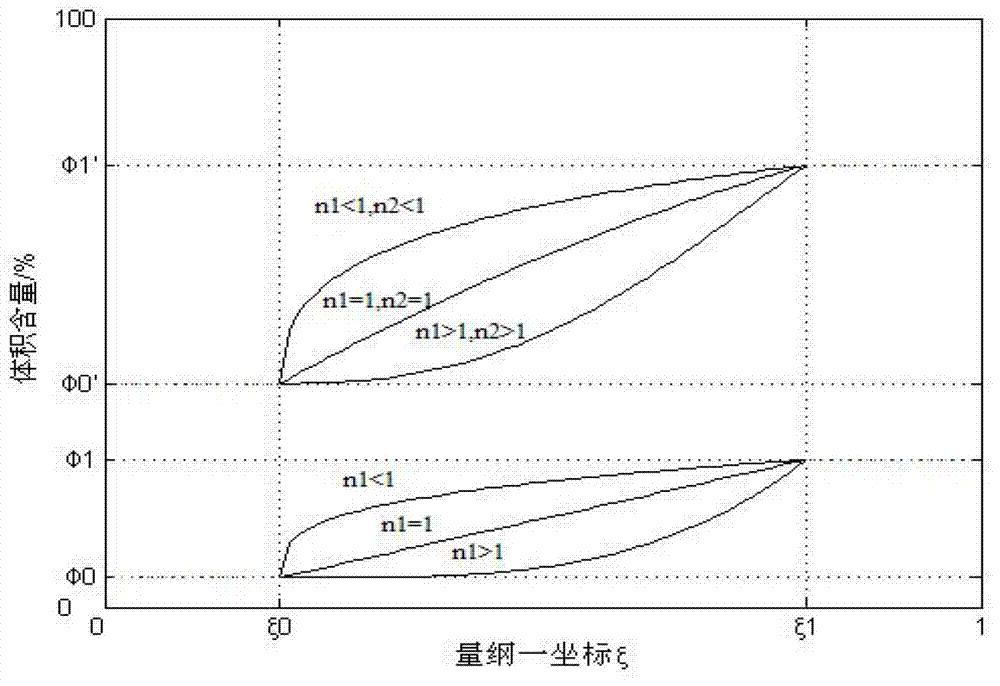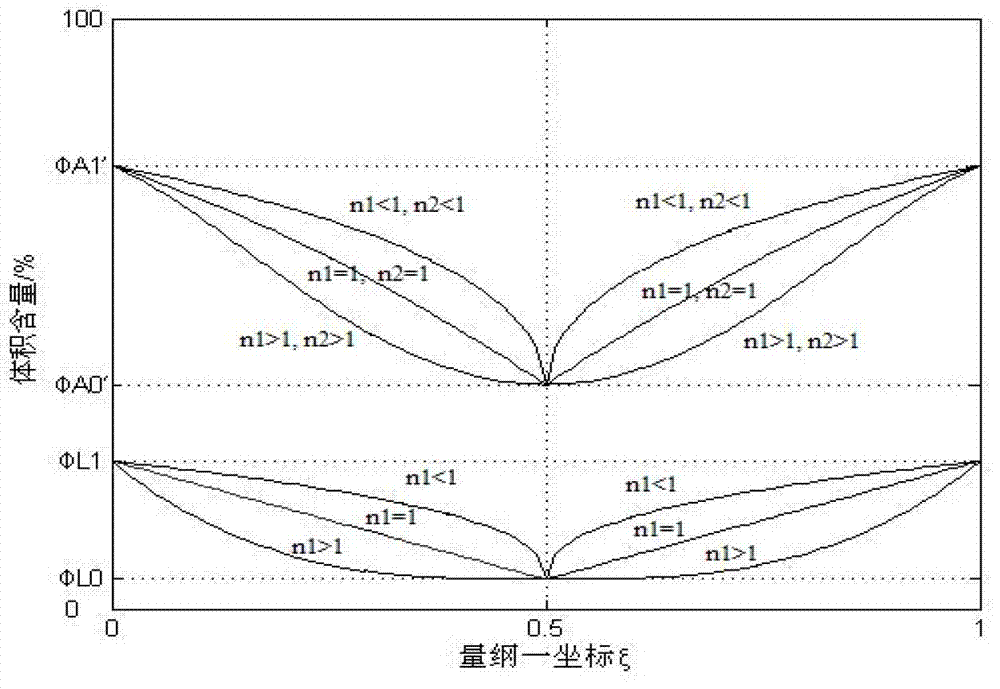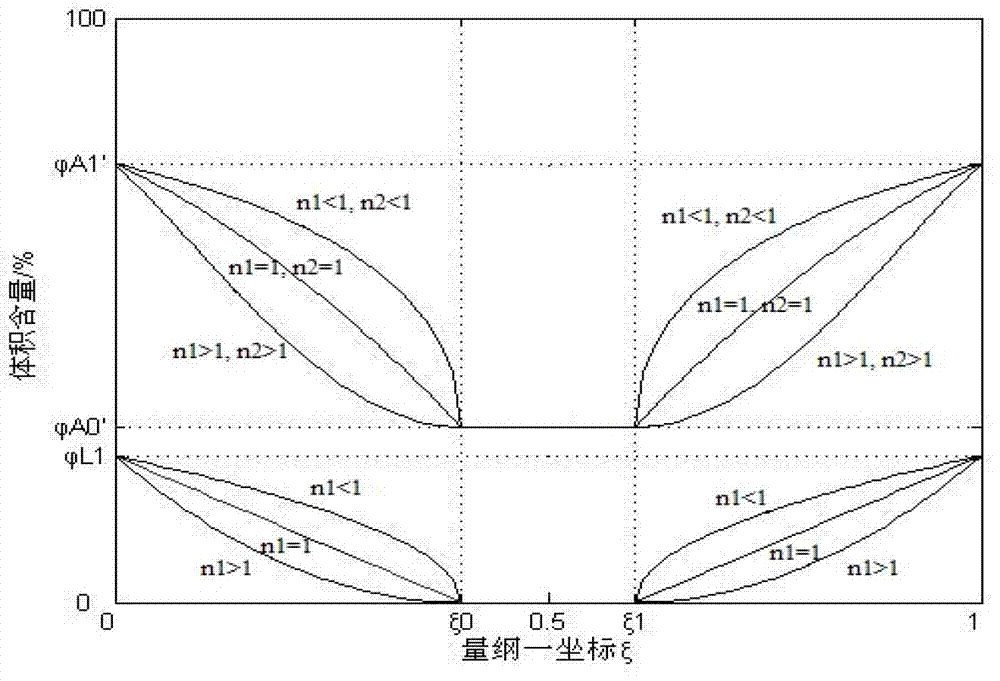Multivariate gradient self-lubricating ceramic cutting tool material with surface having residual compressive stress and preparation method of multivariate gradient self-lubricating ceramic cutting tool material
A ceramic tool, gradient technology, applied in the field of ceramic tool materials, can solve the problem of difficult component design and other problems
- Summary
- Abstract
- Description
- Claims
- Application Information
AI Technical Summary
Problems solved by technology
Method used
Image
Examples
Embodiment 1
[0084] Embodiment 1: take n 1 =n 2 ≠0 distribution index type, take n 1 =n 2 =2.0.
[0085] The multi-component gradient self-lubricating ceramic tool material in this example has a 7-layer structure, and the volume percentage and thickness of the components of each layer are listed in Table 1.
[0086] Table 1. The component volume percentage and thickness of each layer of the multi-component gradient self-lubricating ceramic tool material of embodiment 1
[0087]
[0088] Prepare each group of mixed powder according to the following steps:
[0089] Weigh α-Al in proportion 2 o 3 powder, (W,Ti)C powder and CaF 2 Powder (L4 layer mixed powder does not weigh CaF 2 powder), respectively add absolute ethanol to make a suspension, fully stir, and ultrasonically disperse for 20 minutes; mix the suspensions of the above-mentioned raw materials to obtain a multi-phase suspension, and then add sintering aids MgO and NiO in proportion (the volume ratio of the two 1:1), ultr...
Embodiment 2
[0096] Embodiment 2: take n 1 ≠n 2 ≠0 distribution index type.
[0097] take n 1 =1, n 2 =3.5. The multi-component gradient self-lubricating ceramic cutting tool material in this embodiment has a 9-layer structure, and the volume percentage and thickness of the components of each layer are listed in Table 3.
[0098] Table 3. The component volume percentage and thickness of each layer of the multi-component gradient self-lubricating ceramic tool material of embodiment 2
[0099]
[0100] Prepare each group of mixed powders according to the following steps: Weigh α-Al 2 o 3 powder, (W,Ti)C powder and CaF 2 Powder (L5 layer mixed powder does not weigh CaF 2 powder), respectively add absolute ethanol to make a suspension, fully stir, and ultrasonically disperse for 30 minutes; mix the suspensions of the above-mentioned raw materials to obtain a multi-phase suspension, and then add sintering aids MgO and NiO in proportion (the volume ratio of the two 1:1), ultrasonical...
PUM
| Property | Measurement | Unit |
|---|---|---|
| thickness | aaaaa | aaaaa |
| particle size | aaaaa | aaaaa |
| particle size | aaaaa | aaaaa |
Abstract
Description
Claims
Application Information
 Login to View More
Login to View More - R&D
- Intellectual Property
- Life Sciences
- Materials
- Tech Scout
- Unparalleled Data Quality
- Higher Quality Content
- 60% Fewer Hallucinations
Browse by: Latest US Patents, China's latest patents, Technical Efficacy Thesaurus, Application Domain, Technology Topic, Popular Technical Reports.
© 2025 PatSnap. All rights reserved.Legal|Privacy policy|Modern Slavery Act Transparency Statement|Sitemap|About US| Contact US: help@patsnap.com



